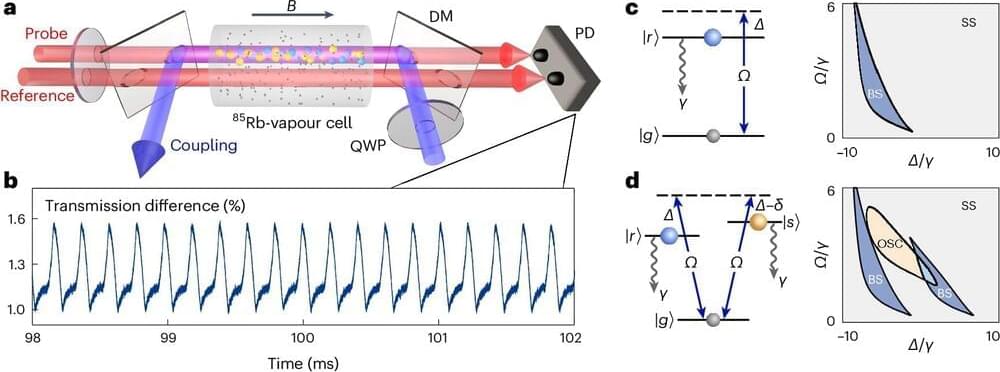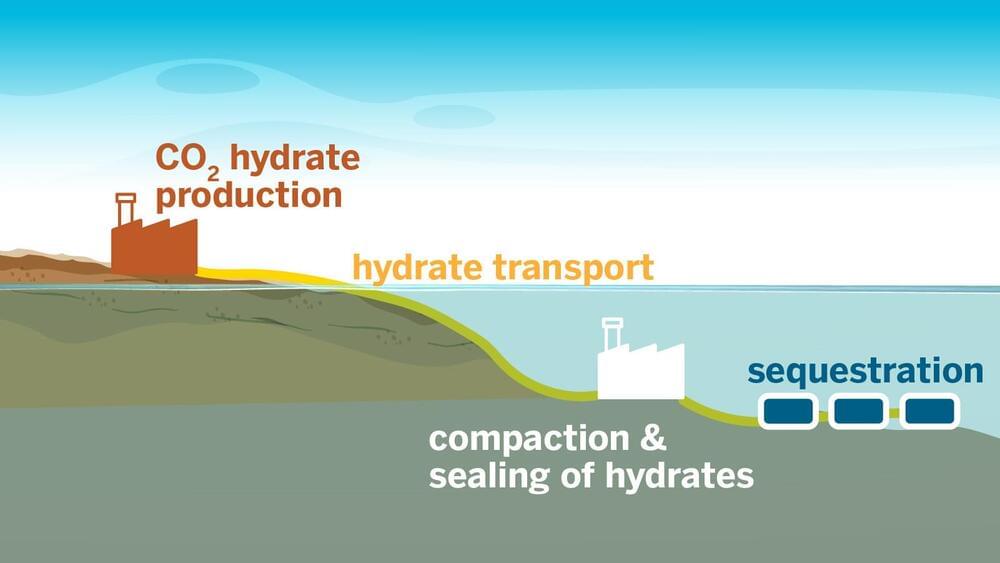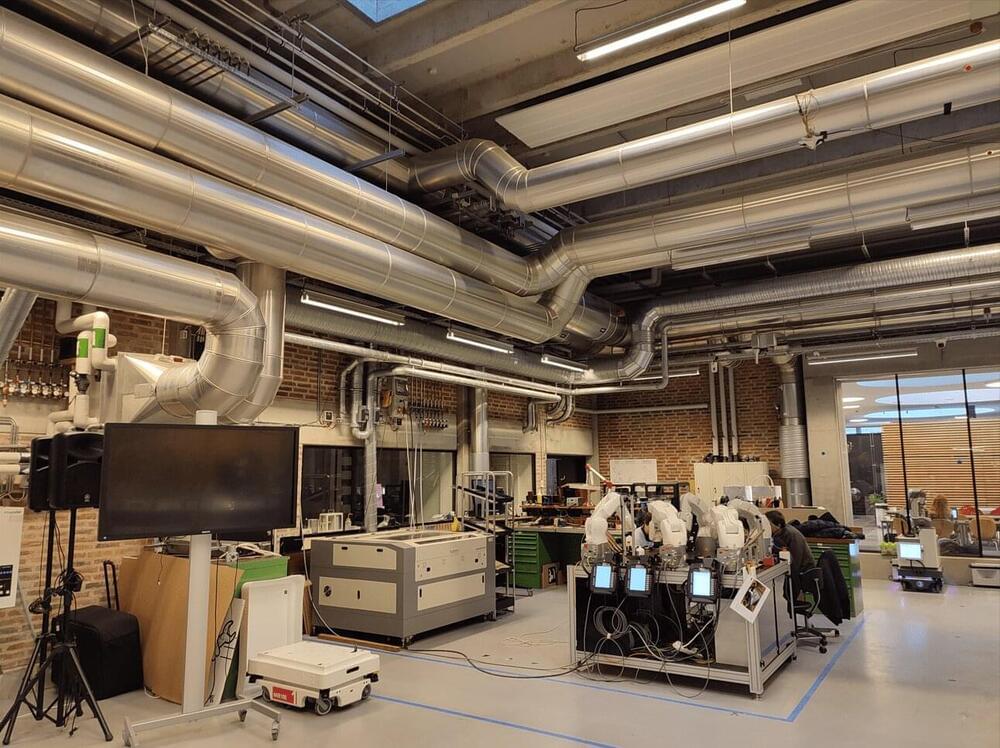Researchers have created tiny, vehiclelike structures which can be maneuvered by microscopic algae. The algae are caught in baskets attached to the micromachines, which have been carefully designed to allow them enough room to continue swimming. Two types of vehicles were created: the “rotator,” which spins like a wheel, and the “scooter,” which was intended to move in a forward direction but in tests moved more surprisingly. The team is planning to try different and more complex designs for their next vehicles. In the future, these mini algae teams could be applied to assist with micro-level environmental engineering and research.
You’ve likely heard of horsepower, but how about algae power? Like a sled drawn by a team of dogs or a plough pulled by oxen, researchers have created microscopic machines which can be moved by lively, tiny, single-celled green algae.
“We were inspired to try and harness Chlamydomonas reinhardtii, a very common algae found all over the world, after being impressed by its swift and unrestricted swimming capabilities,” said Naoto Shimizu, a student from the Graduate School of Information Science and Technology at the University of Tokyo (at the time of the study), who initiated the project. “We’ve now shown that these algae can be trapped without impairing their mobility, offering a new option for propelling micromachines which could be used for engineering or research purposes.”



